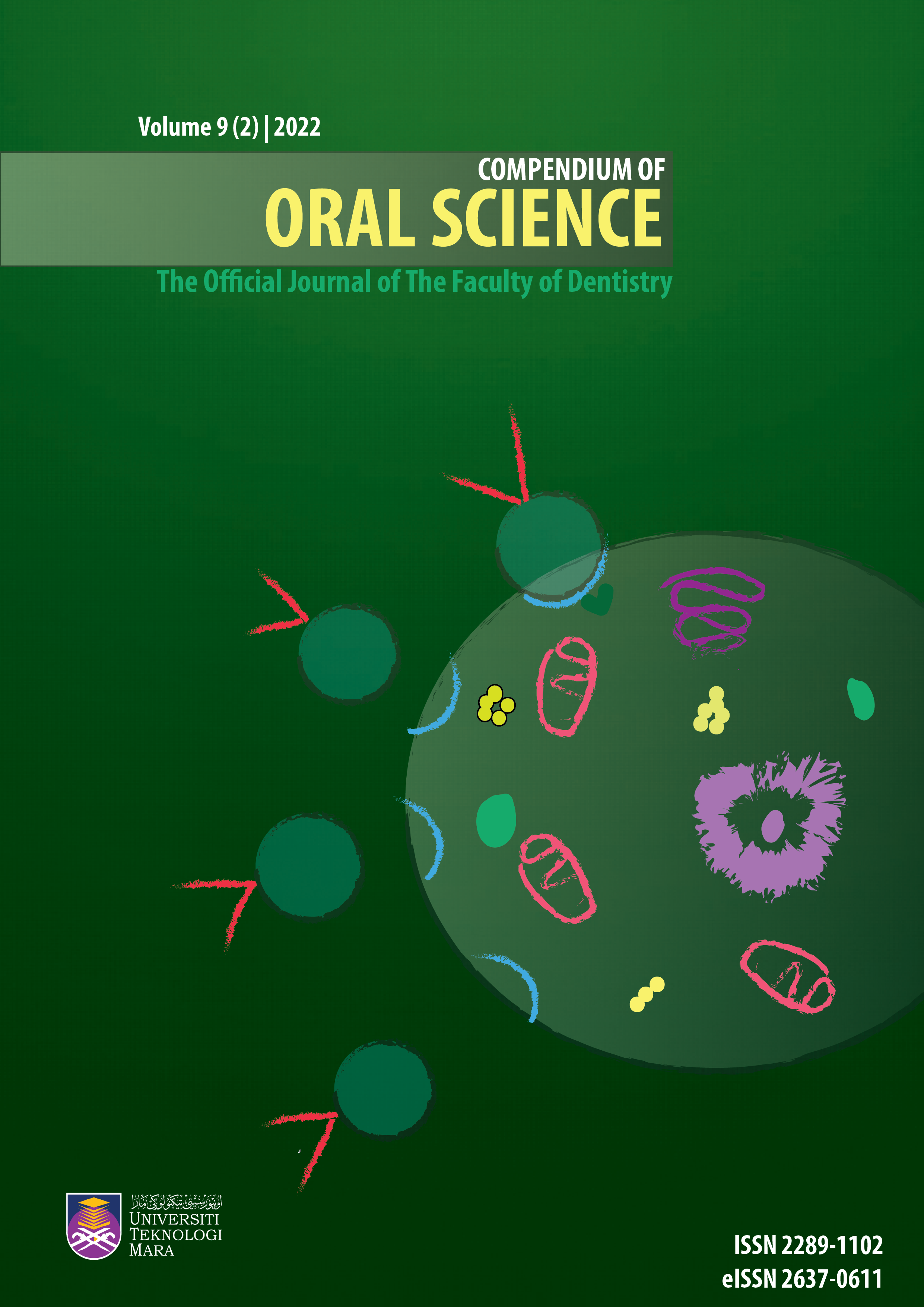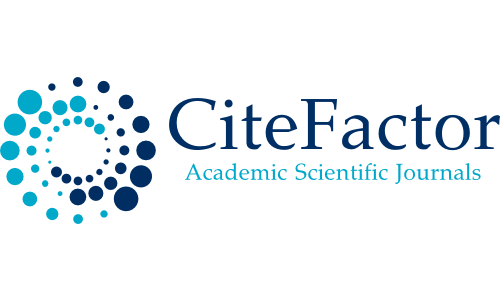Fructus mume Aqueous Extract's Antibacterial Effect on Multi-species Biofilm
DOI:
https://doi.org/10.24191/cos.v9i2.19225Keywords:
E. faecalis, P. gingivalis, F. nucleatum, fructus mume, dental irrigants, biofilm, traditional Chinese medicine, Japanese pruneAbstract
Aim: The purpose of this study was to determine the efficacy of several irrigants and an aqueous extract of Fructus mume in eradicating three kinds of biofilm. Materials and Methods: A three-species biofilm of E. faecalis, P. gingivalis and F. nucleatum were cultivated for one week on Thermanox™ plates. Each specimen was immersed for 8 minutes in various irrigants: Fructus mume solution, buffered citric acid, sodium hypochlorite and control (non-irrigated). LIVE/DEAD® BacLightTM staining and confocal light scanning microscopy were used to determine the number of viable bacteria left on the substrate. The same biofilm was then extracted and subjected to scanning electron microscopy (SEM). Results: Images were taken at 12 locations across the biofilm, which were then classified into four areas of concern: Bottom, which would spend the most of the experiment submerged in the solution; It was struck in the centre by the stream of irrigant.; Middle and Upper, where the impression was caused by the irrigant splattering or vaporizing. Results of the amount of viable bacteria residual indicated that Fructus mume showed no significant activity, with an effect like control and even buffered citric acid, and significantly inferior to sodium hypochlorite. Conclusion: Sodium hypochlorite (0.5%) solution was greater to buffered citric acid, Fructus mume and control group as an antimicrobial agent against three-species biofilm.
Downloads
Published
How to Cite
Issue
Section
License
Copyright (c) 2024 Compendium of Oral Science

This work is licensed under a Creative Commons Attribution-NonCommercial 4.0 International License.
Materials contained in the journal may be reproduced for educational purposes provided that both the author(s) and the journal are appropriately recognised; otherwise duplication is not permitted. No articles, reports, or portions there of may be translated into other languages, published in books, journals, magazines, or any other print form without written permission from the authors and from the journal.
Disclaimer: The statements, opinions and data expressed in the articles and reports herein are those of the author(s) and not of the publisher and the editor(s). The publisher and the editor(s) disclaim responsibility for any injury to persons or property resulting from any schemes, methods, instructions or ideas referred to in the content.















